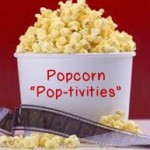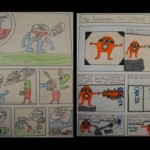
The brain is fascinating to teach but simplifying it down to a level that high school students will grasp can be difficult as it can be a little overwhelming. I have been teaching this topic for years as I am the only teacher and department in my building to teach about the brain…Woo Hoo! The lessons and activities included are tried and true and have been tweaked and revised as I find new ways to teach this material. So if you’ve always wanted to teach about the brain in your child development class, challenge your dendrites to learn something new and give it a try!




